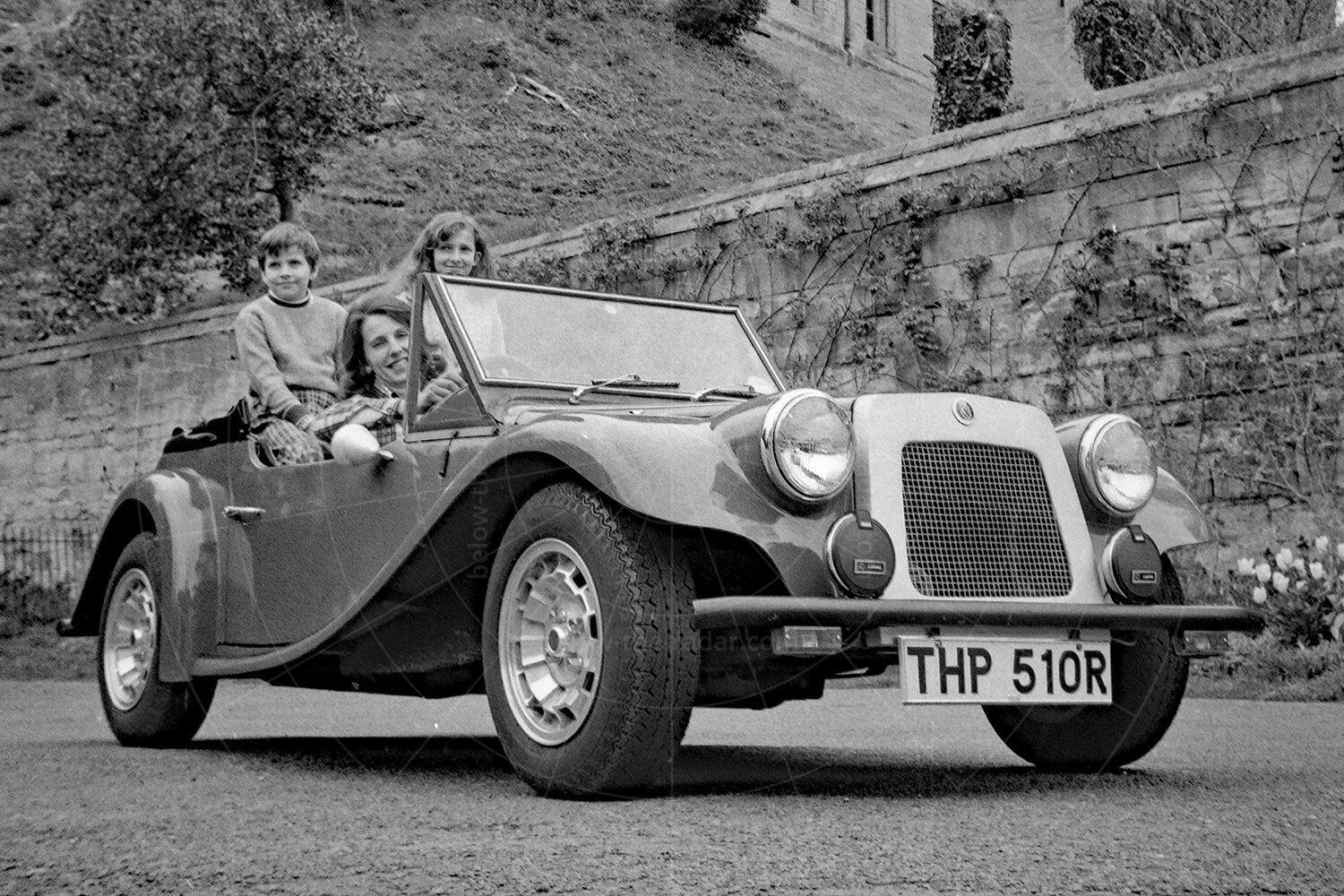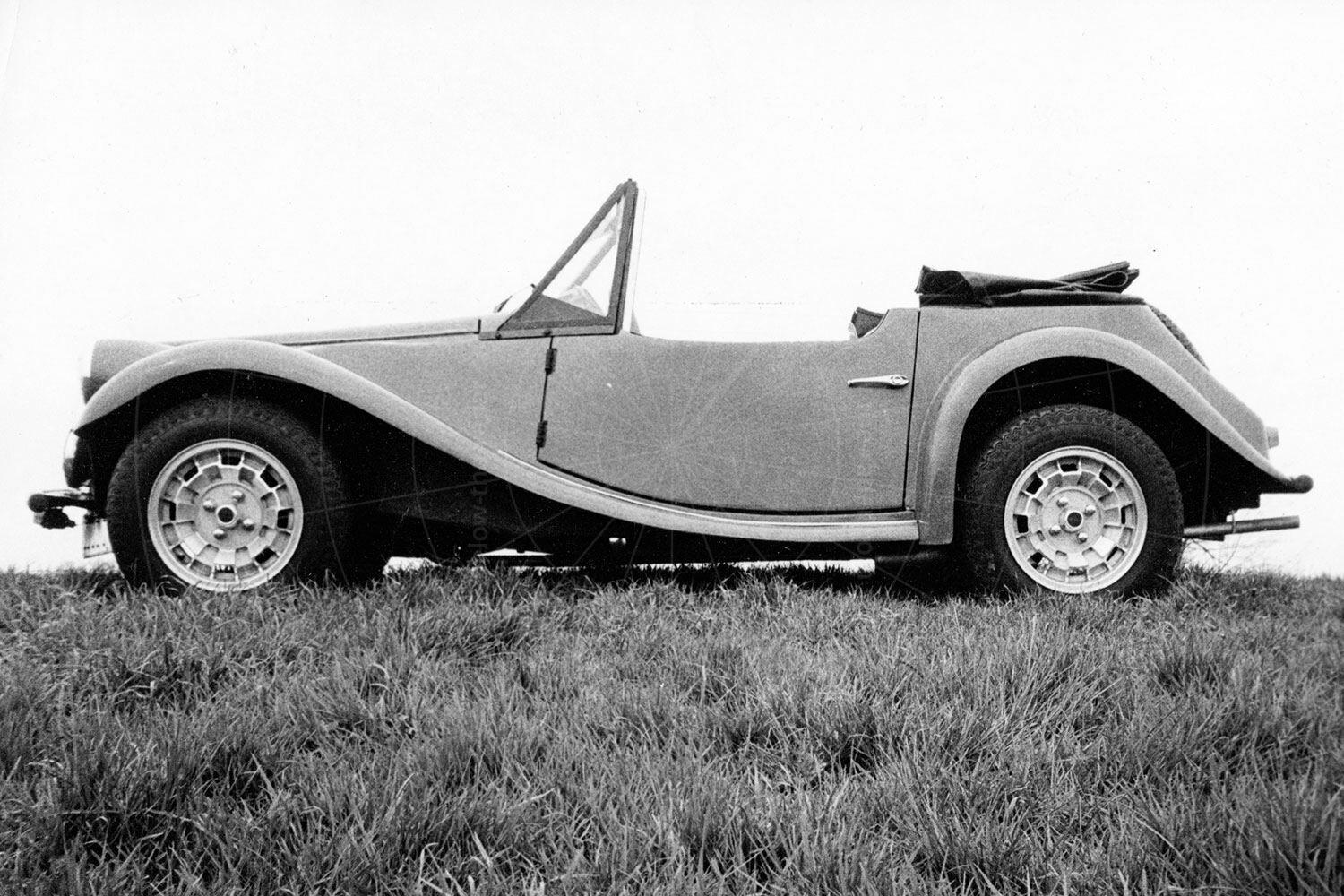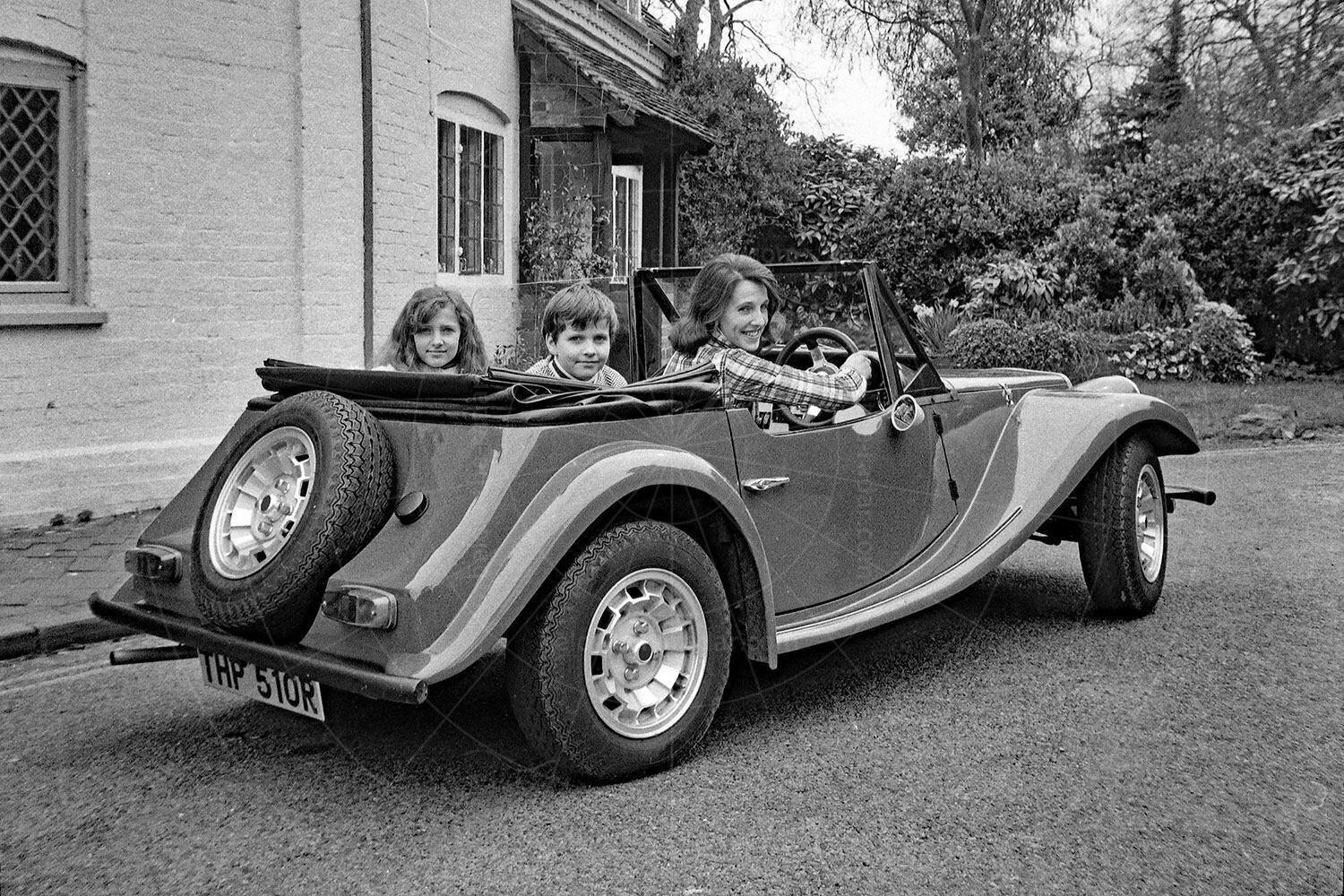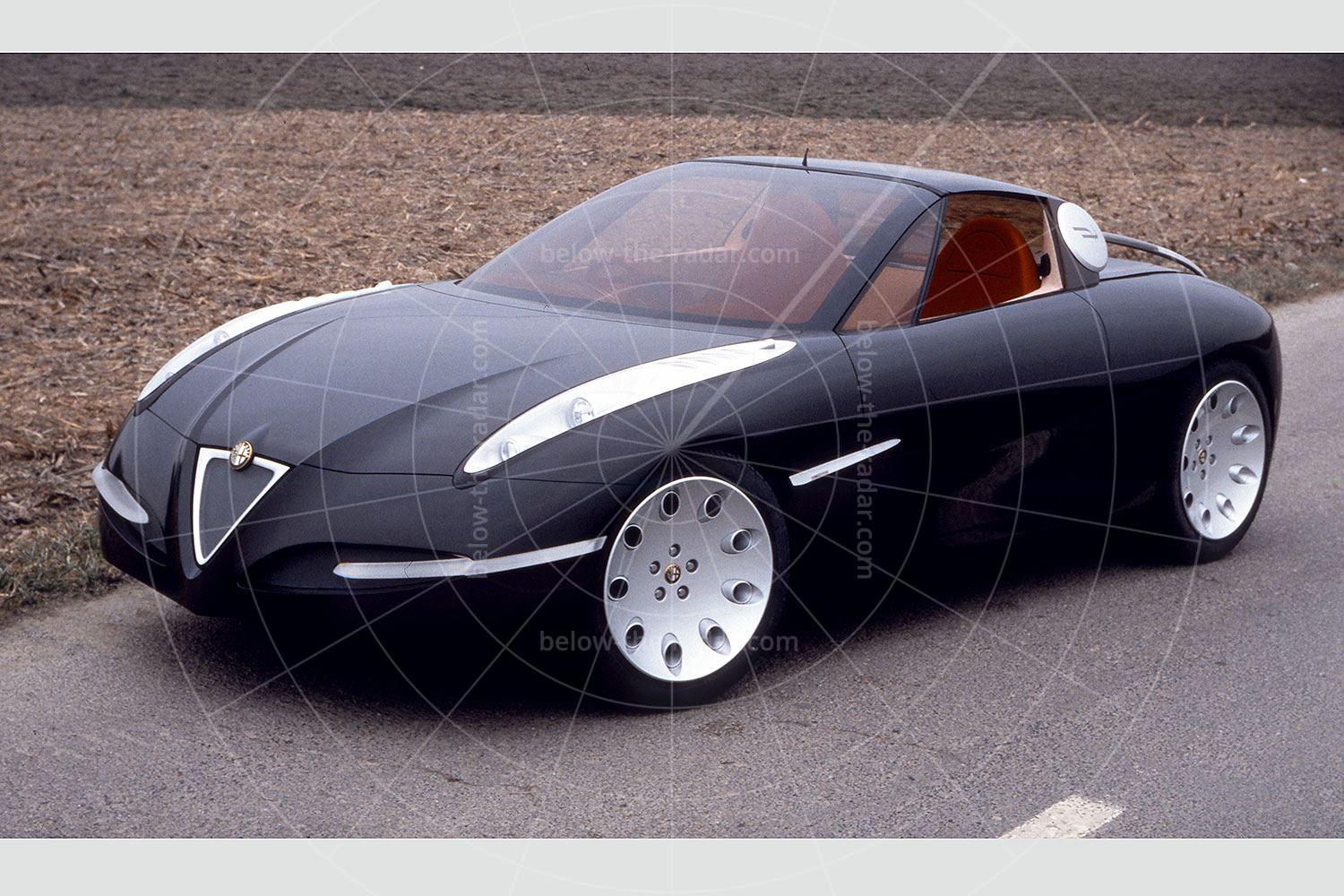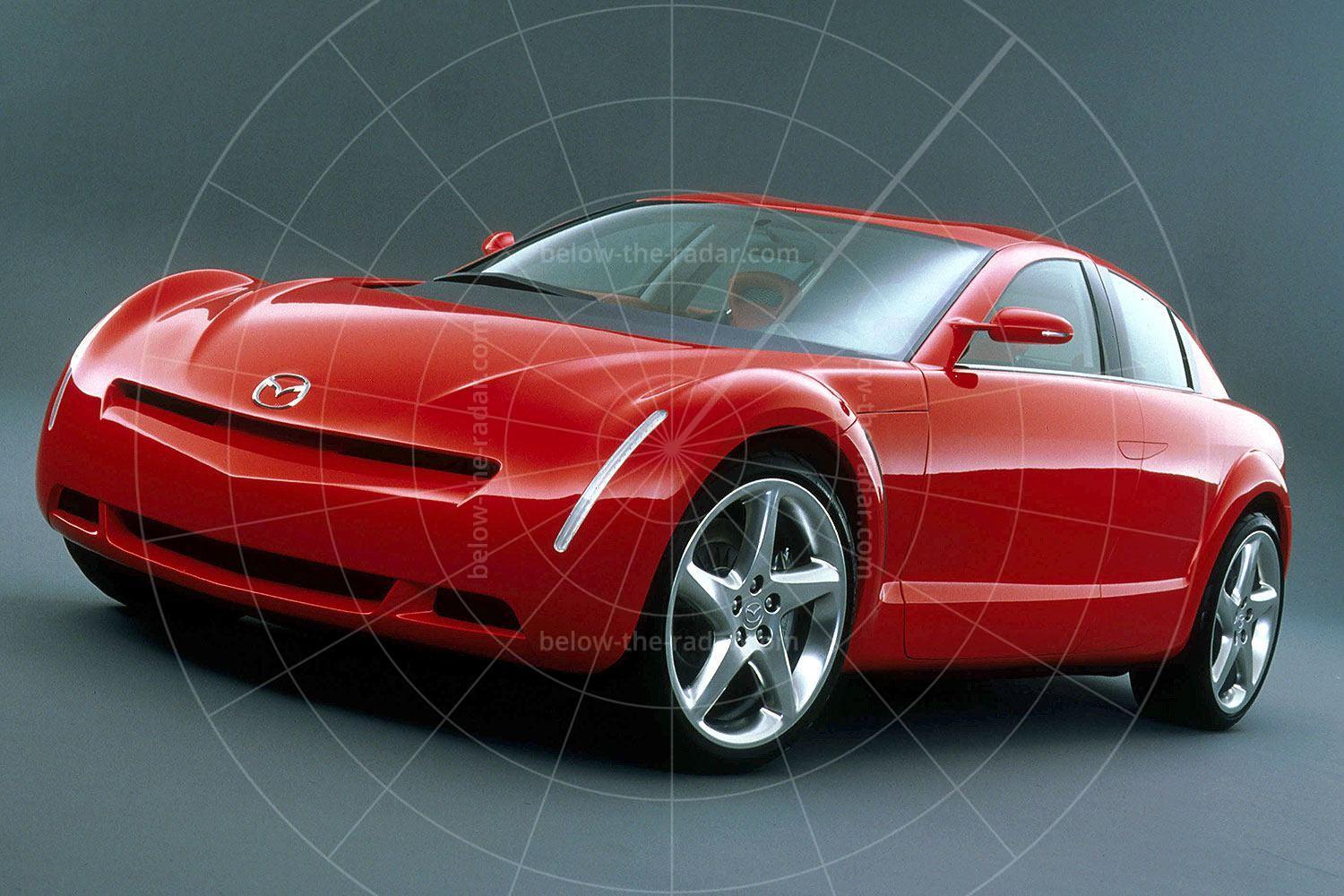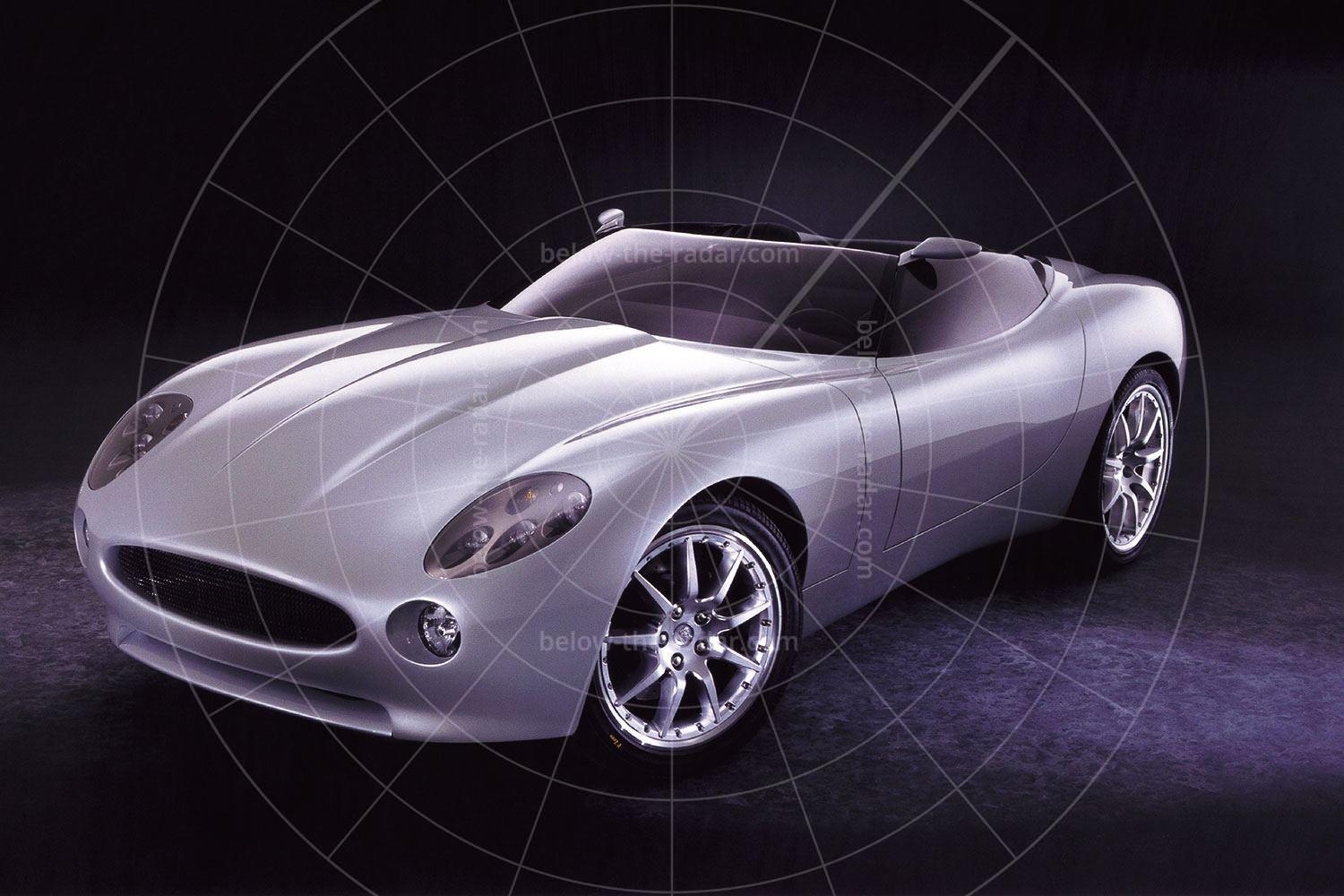Professor Anthony Stevens is a prolific British designer and engineer who, for whatever reason, is not as well-known as perhaps he should be. The former Rootes Group man played a hand in everything from acting as midwife to the Hillman Hunter to building a sports-racing car, fashioning an eight-cylinder engine from two Hillman Imp units for motor racing applications, to more recently working on all manner of car-building enterprises in Asia.
He also dabbled in the specialist sports car arena, most famously with the promising but sadly ill-starred Stevens Cipher. However, prior to that he made this – the Sienna. Stevens and Graham McBride, who jointly ran Anthony Stevens Automobiles in Warwick, conceived the car as an adjunct to the firm’s principal business: it made a raft of vintage-style commercial vehicles. The partners envisaged a small two-seater roadster, in essence a Morgan in miniature, that would be sold in complete form for around £3000.
The prototype was first seen in 1977 and almost every nut, bolt and washer was sourced from the Reliant parts bin. Aside from the Kitten chassis and its unmodified four-cylinder engine, the seats were from a Robin, the rev-counter was from a Scimitar GTE, and so on. A square-section supplementary frame was welded to the unmodified platform onto which was mounted the unstressed glassfibre body panels.
Hot Car reported in period: ‘With only 10cwt to propel, the little 848cc Reliant engine gave the Sienna performance of the lively/nippy variety. Pushing out 40bhp at 5500rpm, it provided the sort of comfortably moderate sporting motion that suited the little car admirably… The simple suspension layout of double wishbones, coil-springs and an anti-roll bar forwards, and a live axle riding on semi-eliptic springs at the rear did not appreciate matters when wheels hit one of the increasingly common potholes on our roads today. However, the setup did provide an extremely comfortable ride with just the right level of sporting feel.'
In what were evidently less enlightened times, it reported that it was ostensibly aimed at female motorists, although it went on to add: ‘We have a feeling that a great many liberated males are going to love the Sienna. The £1 per gallon is on our doorsteps and this ragtop is the machine to combat such inflation. It’s like eating crisp bread instead of a potato: the pleasure is there just the same, but afterwards you feel a whole lot better for doing it.’ And no, we don’t understand what that means either.
Despite talk of making up to ten cars per week, the project went no further. Instead, thoughts turned to creating a more modern sports car using Reliant running gear. There is a caveat to the story, though. Sometime Stevens collaborator Peter Bird, who created a raft of Citroën 2CV-based offerings under the Falcon Designs banner, mooted a Triumph Herald-based kit car version in the early 1980s. However, only one was ever completed in this form.

